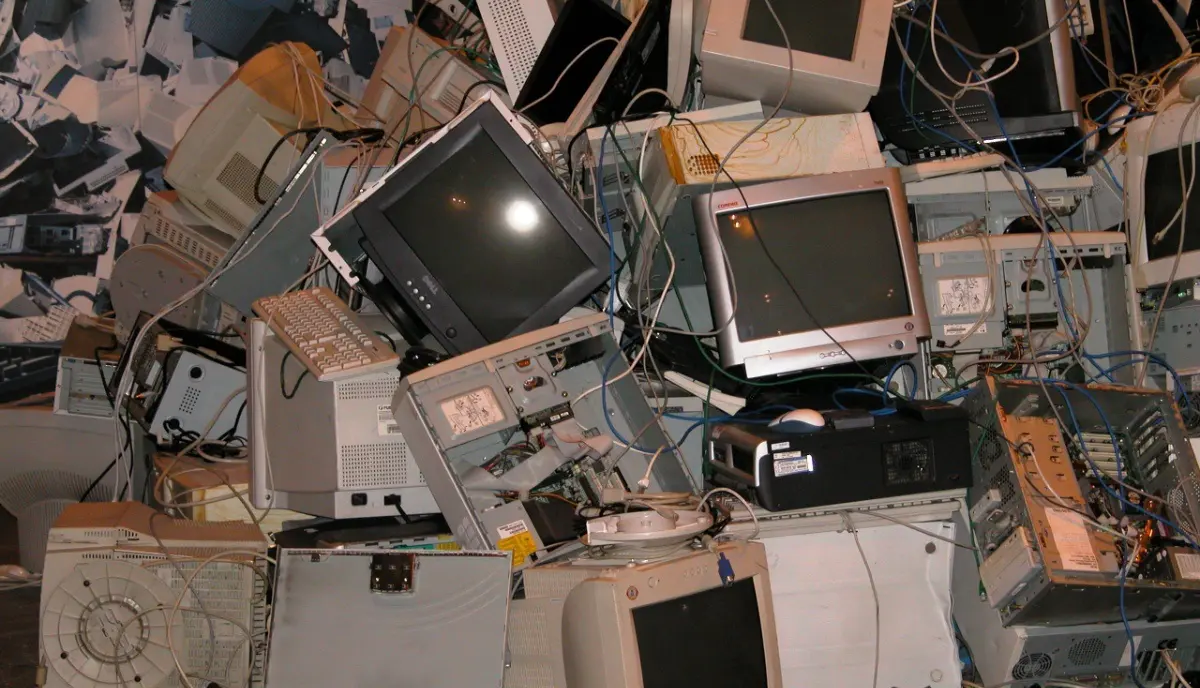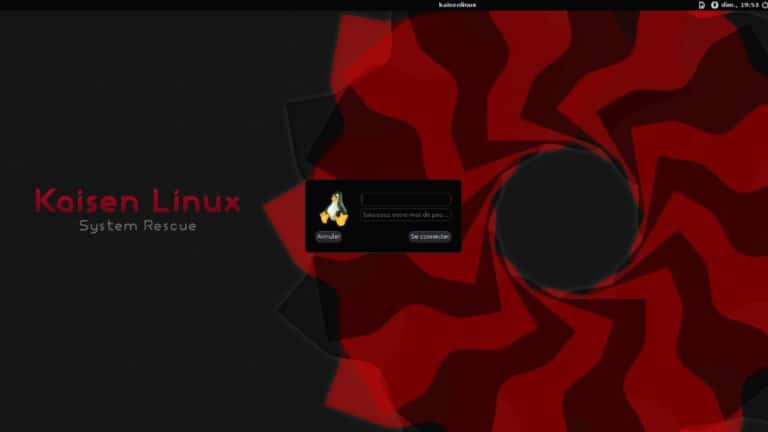New Open Source ‘Collapse OS’ Can Survive The Post-Apocalyptic World

Multiple threats like climate disaster, nuclear war, depletion of resources keep looming over the world, and the idea of apocalypse seems inevitable.
In any case, it’s never a bad idea to prepare for the future in advance. So a software developer named Virgil Dupras has developed a new self-replicating open-source ‘Collapse OS‘ that can survive humanity’s darkest days.
In the post-apocalyptic world, we’d probably have to return to old-world technology by scavenging whatever we have built so far.
Dupras envisions a future where the global supply chain collapses — and there won’t be mass production of electronics anymore. But those who manage to get hold if it will have the upper hand.
So ultimately, those who can scavenge electronics and reprogram it will have a huge advantage over those who cannot.
The creator of Collapse OS says that in the post-apocalyptic world, people would be able to reconfigure their scavenged iPhones with his new open-source OS and run it.
“I’m doing this to mitigate a risk that I think is real. Not inevitable, but likely enough to warrant a modest effort,” says Dupras.
He thinks that one of the biggest challenges for techies in the future will be microcontrollers — miniature computers embedded in circuit boards that basically control the functions of computer systems.
The Collapse OS website explains how computers, after some years, will break down beyond repair. When we reach a state where microcontrollers cannot be programmed anymore, we’d need “a system that can be designed from scavenged parts and program microcontrollers.”
This is where Collapse OS would step in. It works with Z80 8-bit microprocessors. It is less prevalent than 16- and 32-bit components; however, one can still find Z80 in desktop computers or graphing calculators and many other common gadgets.
The reason behind using Z80 is that it’s present in so many machines that “scavenger(s) have good chances of getting their hands on it.”
Dupras says that Collapse OS will be able to run on minimal and improvised machines. It will be able to edit text files, compile assembler source files for a wide range of MCUs and CPUs, along with the ability to read and write from a wide range of storage devices. Also, the OS can replicate itself given there is enough RAM and storage available.
At the present state, Collapse OS can run on a self-assembled Z80-based computer called the RC2014. The developer says that Collapse could theoretically run on a Sega Genesis console as well.
For now, the Collapse OS project is already hosted on GitHub, and Dupras is looking for contributors who’d help him improve it.
Also Read: Google’s Machine Learning Comics Makes It Easy To Understand, Even For Noobs






